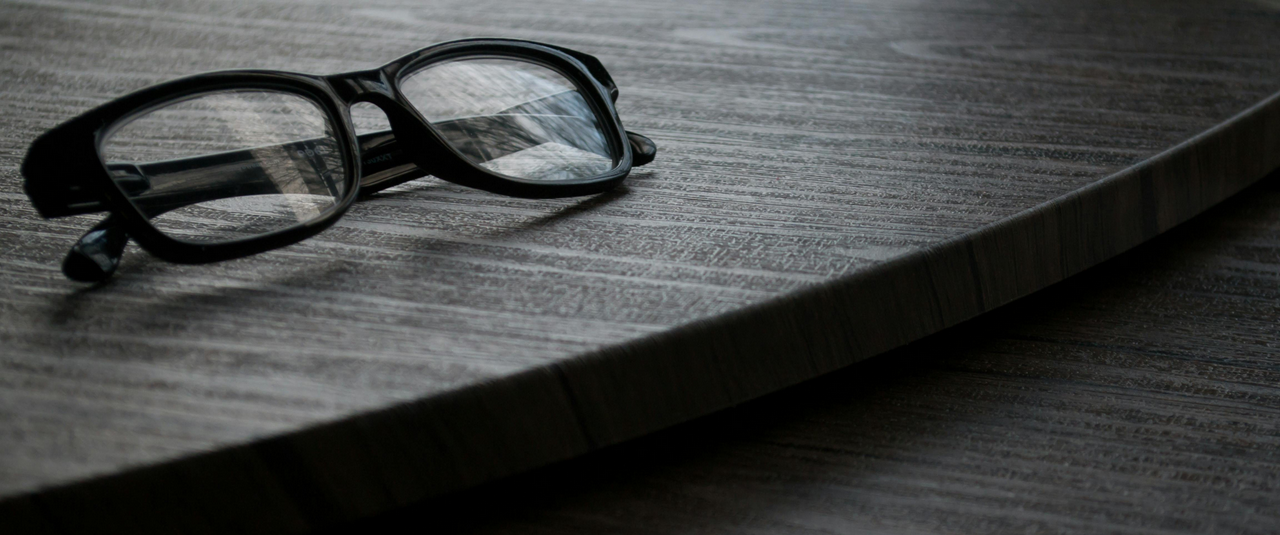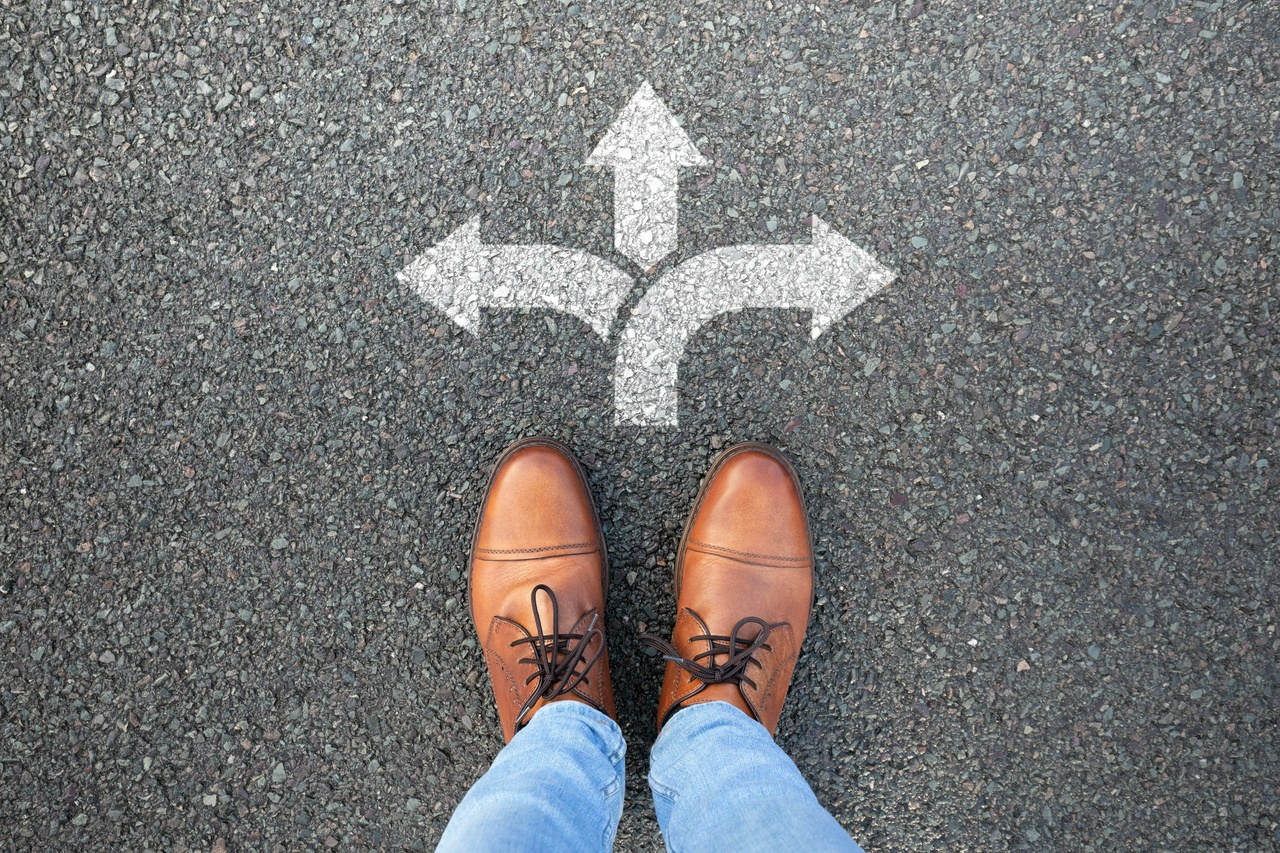
I was recently asked this question by my wife's dad. I decided it might be fund to do a little back of the napkin style math. Below are my calculations.
To solve this problem, we need figure out what a “standard” printed page consumes in storage. According to Microsoft, an average typed page on US Letter-sized paper (8.5 x 11 inches) typically contains about 2,500 to 3,000 characters, including spaces. This estimate can vary based on factors such as font size, typeface, and spacing. For example, using 12 pt Times New Roman with standard margins, you might expect around 2,500 characters per page. For our estimate, we’ll use 3,000 characters to be conservative and account for smaller font sizes.
Next, we need to determine how much storage each individual character requires. MacOS (my platform of choice) and other modern operating systems support a wide variety of encodings, but the primary encoding on MacOS is UTF-8. A regular text character is 8 bits (1 byte), but to support other characters like emoji, Kanji, etc., we need twice that. Therefore, UTF-8 uses 16 bits (2 bytes) per character for these cases.
Now we can calculate the total storage capacity. Five gigabytes is equivalent to 5 billion bytes or 40 billion bits. Since an average page contains 3,000 characters (or 48,000 bits), 5 gigabytes of storage can hold over 800 million (833,333,333) US Letter pages of text.
For fun, according to the blog Reedsy, the average number of characters in an English-language novel can vary significantly based on factors such as genre and writing style. However, a rough estimate can be made using the average word count of a novel, which typically ranges from 70,000 to 100,000 words. Assuming an average of 5 to 6 characters per word (including spaces and punctuation), we can estimate the total character count as follows:
For 100,000 words: 100,000 words × 5.5 characters/word ≈ 550,000 characters or ~9 million bits. This means our 5 gigabytes of storage could hold roughly 4,444,444 novels.
Is the above useful? No. Accurate? Meh. Fun to consider? I thought so!













